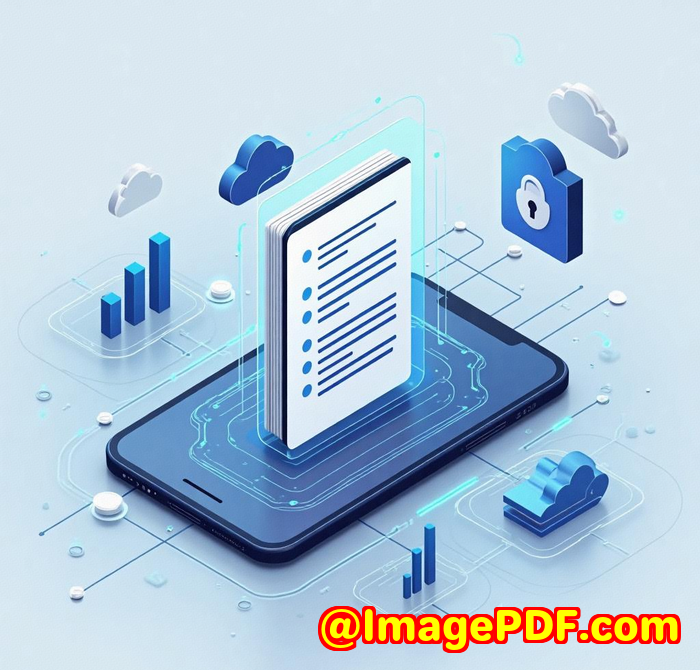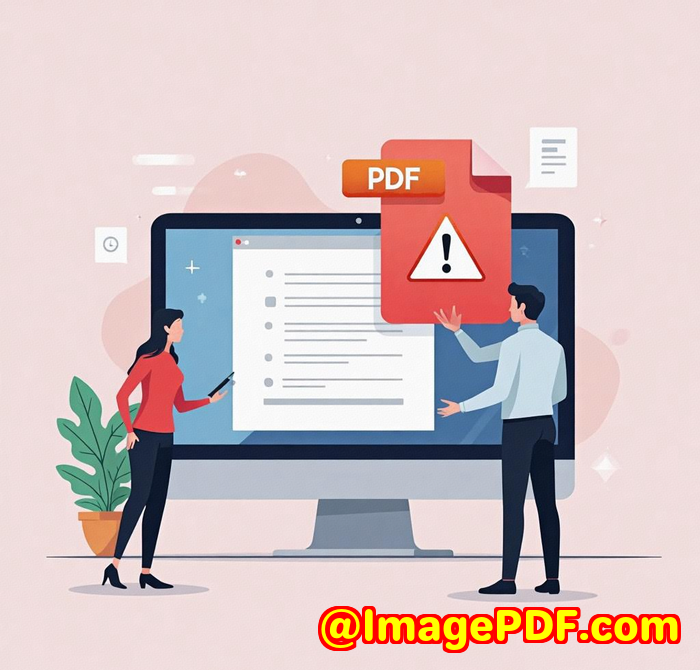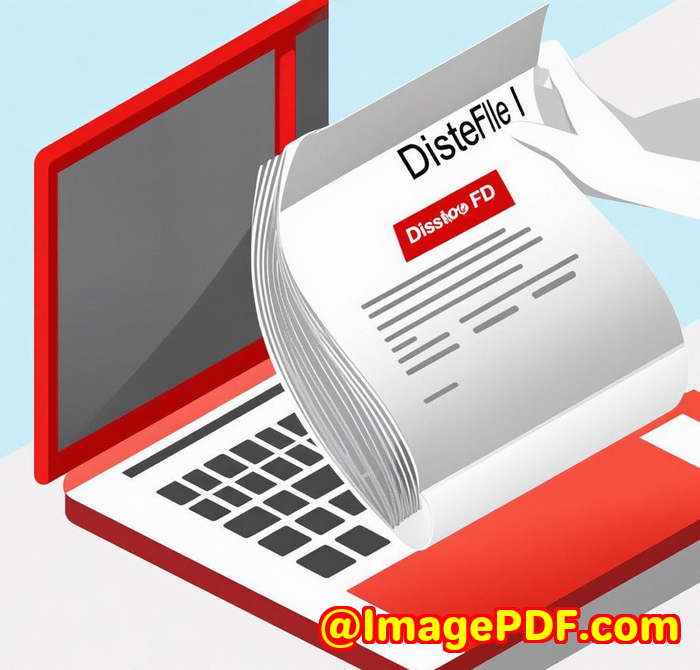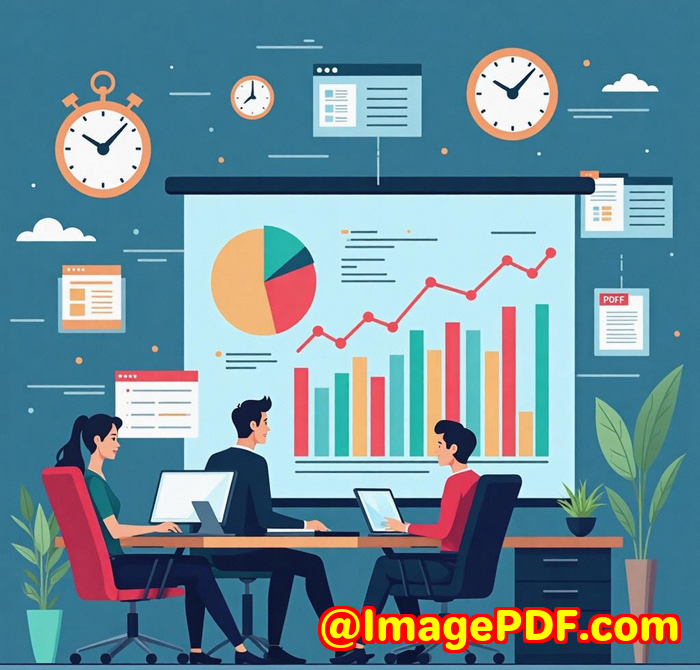VeryPDF Rasterize API vs Zamzar Which API Provides Better PDF-to-Image Features
VeryPDF Rasterize API vs Zamzar: Which API Nails PDF-to-Image Conversion?
Meta Description:
I tested both VeryPDF's Rasterize API and Zamzar for converting PDFs to imageshere's the straight-up truth from a developer's view.
Tired of Getting Blurry PDFs After Converting Them to Images?
I was too.
Picture this: It's 7 p.m., and you're prepping a compliance report. You hit convert on your go-to tool, only to see the resulting images are a blurry mess. Charts are pixelated. Fonts look like they've been scribbled by a toddler. You tweak the settings, you try a different tool... and it's still junk.
That was me. I'd been relying on Zamzar and a few other generic tools to handle PDF-to-image conversions for client deliverablesbig mistake.

A client in finance sent me a batch of PDF statementscritical data charts embedded. They needed high-res image-based PDFs so they couldn't be edited but still looked crisp. The usual tools just weren't cutting it. That's when I stumbled across VeryPDF's Rasterize API, and wow, the difference was immediate.
Here's How I Found VeryPDF's Rasterize API
I was deep in a Reddit dev thread where someone mentioned VeryPDF Cloud API like it was some underground hack. I didn't think much of it until I saw the word "Rasterize"that caught my eye. Most tools out there just do basic conversions. This thing? It promised to turn vector PDFs into image-based ones, and do it with actual control.
That was the start of a rabbit hole that ended with a complete switch in my PDF handling stack.
What the Rasterize PDF API Actually Does (Without the Fluff)
Let me break it down:
The VeryPDF Rasterize PDF API is for developers who need total control over how PDFs are converted to images. Think:
-
You set the DPI.
-
You set the width.
-
You choose the quality.
-
You can even handle password-protected files.
You send a simple HTTP POST to the API with your file and parameters, and you get back a clean, high-res, locked-down image-based PDF.
It's part of the VeryPDF Cloud API platform, so you also get all the speed, security, and dev tools that come with it.
Who Actually Needs This?
If you're just converting your school notes or the occasional flyerZamzar might do the job.
But if you're:
-
A developer integrating PDF tools into an app
-
An enterprise dealing with confidential files
-
A designer needing sharp, layout-accurate visuals
-
Or a legal/finance pro needing read-only records
Then the VeryPDF Rasterize API isn't just helpfulit's a power move.
Features That Made Me Stick With VeryPDF (and Drop Zamzar)
1. Custom Image Quality + Resolution
Let's talk specs.
Zamzar? It's plug-and-pray. You upload and hope for a good result.
VeryPDF? You get granular:
-
ImageRes Want 300 DPI for printing? 72 for web? Done.
-
ImageWidth Shrink large pages without messing up the aspect ratio.
-
ImageQuality Adjust JPEG compression levelssuper helpful when balancing file size with clarity.
Example:
I had a 60-page vector-heavy PDF report with infographics. I set ImageRes=300, ImageWidth=1024, ImageQuality=85. The result? Crystal clear images at a third the file size of the original.
2. Accurate as Hell
I compared side-by-side renders from both APIs using the same source. Zamzar gave me fuzzy fonts and slightly shifted margins.
VeryPDF's Rasterize API? Pixel-perfect. Fonts preserved. Spacing untouched.
If you're sending PDFs with embedded tables, charts, or legal content, this accuracy is non-negotiable.
3. Locked and Secure
The rasterized output is non-editable.
Once your text becomes pixels, no one's copying, pasting, or modifying anything.
Combine that with HIPAA, ISO 27001, and SOC 2 compliance, and it checks all the boxes for handling sensitive docs.
4. Stupid Fast + Reliable
I pushed 100 files into the API back-to-back and didn't hit a speed bump.
Conversions happened in secondsno crashes, no throttles, no drama.
Zamzar? Sometimes it juststops. And don't even try batch conversions on free plans.
5. REST API that Doesn't Suck
The API documentation from VeryPDF is actually readable.
-
You get SDKs for different languages.
-
There's a dashboard with auto-generated code snippets.
-
You can test it directly without deploying anything first.
This made it dead-simple to integrate into our internal workflow tool in under an hour.
Zamzar vs. VeryPDF Rasterize API: Real-World Comparison
Let's be blunt:
Zamzar Pros:
-
Easy UI for non-tech users.
-
Decent for quick, low-stakes conversions.
Zamzar Cons:
-
Limited control over output.
-
Slower processing time.
-
No real API-level customisation.
-
Risky if you're dealing with sensitive content.
VeryPDF Pros:
-
Full developer control.
-
Lightning-fast cloud infra.
-
Better security.
-
Built to scale for serious use cases.
VeryPDF Cons:
-
Might be overkill for super casual users.
-
Not as pretty a UIbut who cares if the output is rock-solid?
I Recommend It Without Hesitation
If you're in any field where accuracy, security, and scalability matterthis API is a no-brainer.
I use it for financial reports, signed legal files, onboarding document packs anything that needs to look exactly like the original but be locked down.
The time savings alone have been massive. I no longer have to check each file manually or convert locally and hope for the best.
Click here to try it out for yourself:
https://www.verypdf.com/online/cloud-api/
What About Custom Features?
Sometimes you need something off-menu. That's where VeryPDF's custom development services shine.
If you need a tool that works on Linux, macOS, Windows, or mobile, they've got you covered.
They offer tailored solutions in:
-
Python, PHP, C++, .NET, JavaScript, and more
-
Virtual printer drivers (PDF/EMF/image output)
-
Document monitoring and capture tools
-
OCR and barcode recognition
-
PDF form generation + document layout tools
-
PDF security, DRM, and digital signature workflows
I've seen teams use their services to build custom report generators, automated invoice systems, and even multi-language OCR extractors.
If you need custom features or integrations, hit them up at
http://support.verypdf.com/
FAQs
1. Can I batch convert multiple PDFs at once?
Yes. With the REST API, you can loop through multiple files programmaticallyway faster than manual tools.
2. Is the Rasterize API suitable for scanned PDFs?
Absolutely. If your scan is already a PDF, you can enhance it with image optimisation settings.
3. How secure is my data during conversion?
VeryPDF is ISO 27001, HIPAA, SOC 2, and GDPR compliant. Files are encrypted and processed securely.
4. Can I integrate this with my backend system?
Yes. Full SDKs and REST API documentation make it easy to integrate with existing apps or workflows.
5. Does it support password-protected PDFs?
Yes. Just pass the password in the request parameters, and the API handles it seamlessly.
Tags / Keywords
-
VeryPDF Rasterize PDF API
-
Convert vector PDF to image
-
PDF rasterization for developers
-
Zamzar PDF image comparison
-
Cloud API for PDF conversion
-
Image-based PDF API
-
High-resolution PDF to image
-
PDF to uneditable image format
-
Batch PDF to image conversion
-
Secure PDF conversion API
Try it once. You won't go back.



